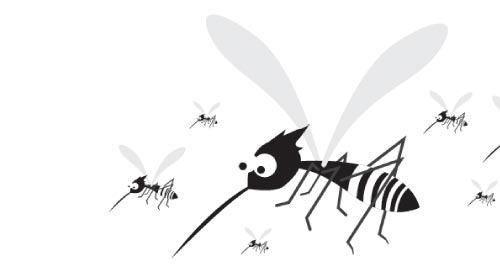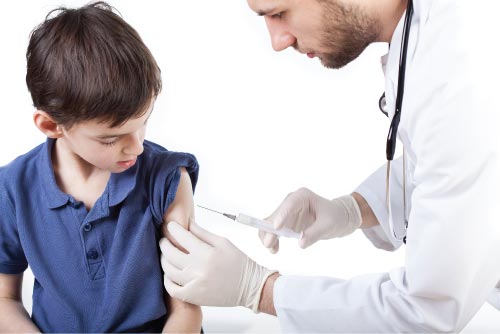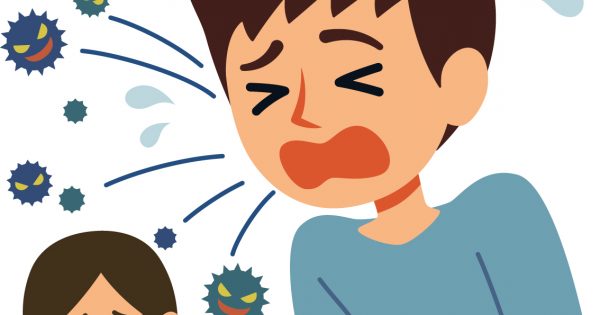Transmission
- The JE virus, which is commonly found in mosquitoes, pigs and wading birds, is transmitted to humans through a bite from an infected Culex tritaeniorhynchus or Culex vishnui mosquito.
- Once a person is bitten by an infected mosquito and the virus enters the body, it travels to various glands where it multiplies. The virus can then enter the bloodstream and ultimately settles in the brain, where it causes serious problems.
How it spreads
- Mosquitoes that carry this virus circulate in a number of regions in Asia including Japan, Korea, China, India, Thailand, Indonesia, Malaysia, Vietnam, Taiwan, and the Philippines.
- The circulation of JE virus in Malaysia is linked to irrigated rice paddy fields, and pig rearing. The flooding of the fields leads to a build-up of the mosquito population. The mosquitoes act as a vector to circulate the virus and spread it to humans if they have bitten infected birds or pigs.
- These mosquitoes are most abundant during the warmest, rainiest months as these conditions are necessary for the mosquito breeding cycle.

Outbreaks in Malaysia
Major outbreaks of JE occurred in Langkawi in 1974 (10 cases, 2 deaths), Penang in 1988 (9 cases and 4 deaths) and in the Serian district of Sarawak in 1992 (9 cases, 4 deaths). In 1999, more than 50 people have died and hundreds of thousands of pigs-the possible carriers of the infection-have been culled nationwide.
Controlling the disease
After the 1999 outbreak, the Malaysian Ministry of Health mounted a well-funded campaign to control the disease: 64 767 people were vaccinated, 150 000 farms and houses sprayed with insecticide, and an active programme of health education and social mobilization were mounted in affected areas.

The introduction of JE vaccination in July 2001 had also reduced the number of JE cases in humans. According to data collected from Sarawak, cases have dropped from 84 to 49 cases after the vaccine was introduced in Sarawak. The majority of JE cases generally occurred in the 4th quarter of the year (October to December).
Signs and symptoms
Most people infected by the JE virus do not develop any symptoms. However, approximately 1 in 200 infections results in severe brain inflammation characterised by:
- rapid onset of high fever,
- headache,
- neck stiffness,
- disorientation,
- seizures (fits),
- spastic paralysis (inability to speak or control movement)
- coma, or
- death.
According to the World Health Organisation, the case fatality rate can be as high as 60% among those with disease symptoms; 30% of those who survive suffer from lasting damage to the central nervous system. These symptoms begin to appear 6-15 days after being bitten.
Treatment
There is no specific treatment for JE. Patient management focuses on supportive care (e.g. feeding, airway management, and anticonvulsants for seizure control) and management of complications. Fluids are given to decrease dehydration and medications are given to decrease fever and pain. Medications are available to attempt to decrease brain swelling. Patients in a coma may require mechanical assistance with breathing. The management of these cases is usually in the Intensive Care Unit (ICU).
Prevention
1) Vaccination of high risk groups of the human population e.g. pig farmers, people staying in or near the pig farms up to a radius of 2 km, and young children. A hospital-based surveillance system for JE in Sarawak from 1997 -2006 found that 92% of 133 cases were children aged 12 years or younger. Under the National Immunisation Programme, primary immunizations are administered to children in two primary doses given four weeks apart, followed by a booster after a year, and at three-year intervals after that. Newer vaccines will see children getting only two doses, one year apart.
2) Take steps to avoid contact with mosquitoes. Visitors to regions with high rates of JE or those living in the area should take personal protective measures to prevent mosquito bites e.g. using repellents and/or mosquito nets, fixing wire netting at all the windows, wearing long sleeved clothes/ trousers.
3) Vector control against the Culex mosquitoes by fogging and larviciding including destroying Culex breeding sites by land filling and improving sanitation/drainage.
An educational contribution by Malaysian Paediatric Association.







Comments